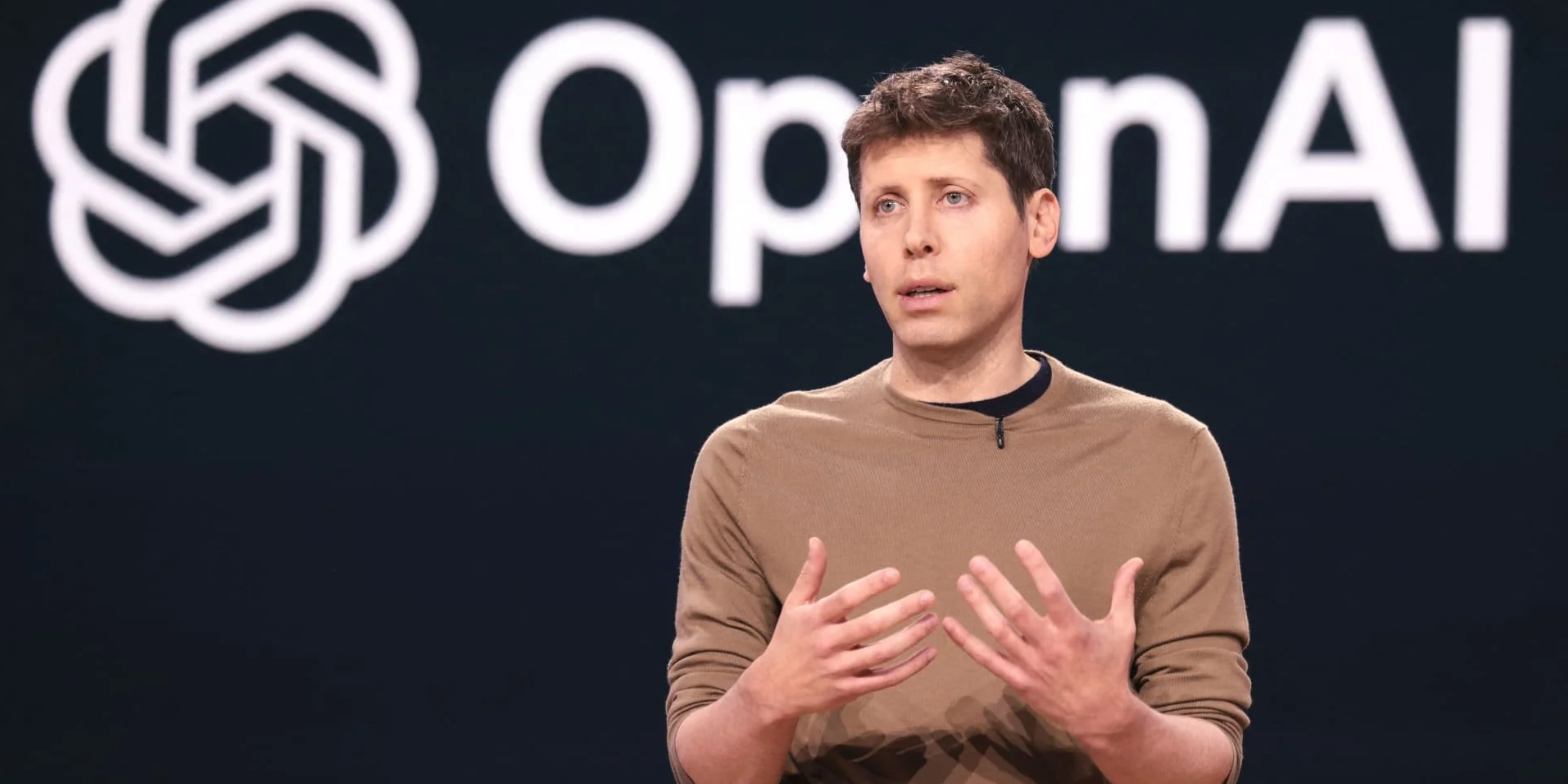Table of Contents
Introduction: A Broken Promise in AI
OpenAI, one of the leading names in artificial intelligence, had promised to deliver a tool by 2025 that would allow users to opt out of having their data used for training AI models. This announcement was a step toward greater transparency and user control in the AI world. However, as 2025 begins, the tool has yet to materialize, leaving many wondering why OpenAI failed to deliver and what it means for the future of AI and data privacy.
In this blog, we’ll explore OpenAI’s promise, why such a tool is important, and the consequences of failing to deliver it.
What Was the Opt-Out Tool?

The opt-out tool was supposed to allow individuals and businesses to prevent their data from being used to train OpenAI’s models. Training data is essential for AI systems, as it helps them learn how to respond to questions, recognize patterns, and perform tasks.
However, not everyone is comfortable with their data being included. Concerns about privacy, intellectual property, and data ownership have made many people demand more control over how their information is used. The opt-out tool was designed to address these concerns by giving users the ability to say, “No, you can’t use my data.”
Why Is This Tool Important?
- Protecting Privacy
Many people share personal information online without realizing that it might end up in training datasets. An opt-out tool would have given users more control over handling their private information. - Respecting Intellectual Property
For creators and businesses, their work is their livelihood. The opt-out tool could have helped protect copyrighted content from being used without permission in AI training. - Building Trust in AI
By providing more transparency and user control, the tool could have helped companies like OpenAI build trust with users and reduce fears about AI misuse.
Why Didn’t OpenAI Deliver?
While OpenAI has not given a clear explanation, several factors might have contributed to the delay or failure:
- Technical Challenges
Creating an effective opt-out tool that can scale to billions of data points is no small task. The complexity of identifying and removing specific data from massive datasets may have slowed progress. - Business Interests
Training AI systems require vast amounts of data. Allowing large-scale opt-outs could reduce the quality of training datasets, potentially weakening AI performance. OpenAI may have prioritized maintaining robust models over addressing user concerns. - Regulatory Pressure
New data protection laws in many countries require companies to handle user data more carefully. OpenAI may be grappling with how to comply with these laws while delivering the tool. - Communication Gaps
The lack of updates about the tool has left users feeling frustrated and in the dark. Better communication could have eased some of these concerns.
The Impact of OpenAI’s Failure to Deliver
1. User Trust
Failing to keep this promise could harm OpenAI’s reputation. Users might see this as a sign that the company is not serious about respecting privacy and transparency.
2. Regulatory Scrutiny
Governments and regulators might take a closer look at OpenAI’s practices, leading to stricter rules for how AI companies handle data.
3. Competitive Disadvantage
As competitors like Google or Meta work on their own privacy tools, OpenAI risks falling behind in the race to build trust with users.
4. Data Ownership Debates
The absence of an opt-out tool may fuel debates about who owns the data used to train AI models and whether users should have more control over it.
What Needs to Happen Next?
To address these concerns, OpenAI and other AI companies should take the following steps:
- Deliver on Promises
OpenAI needs to prioritize the development and release of the opt-out tool. Meeting deadlines and keeping promises are essential for maintaining trust. - Improve Communication
Keeping users informed about progress, challenges, and timelines can help rebuild trust and reduce frustration. - Collaborate with Regulators
Working with governments to create clear guidelines for data use in AI training can help companies balance innovation with user rights. - Explore Alternatives
If building a universal opt-out tool proves too challenging, OpenAI could consider partial solutions, like allowing creators to tag their content to prevent it from being included in training datasets.
What Does This Mean for AI’s Future?
The delayed opt-out tool highlights a larger issue: the need for ethical practices in AI development. As AI continues to grow in power and influence, companies must prioritize user rights and privacy.
We can expect:
- More Demand for Transparency: Users will continue to push for tools that give them control over their data.
- Stronger Regulations: Governments may step in to enforce stricter rules around data use.
- Competition for Ethical Leadership: Companies that deliver on privacy and transparency will stand out in the AI market.
Conclusion: A Lesson in Responsibility
OpenAI’s failure to deliver the opt-out tool by 2025 is a missed opportunity to lead the way in ethical AI development. While the challenges are understandable, the lack of transparency and progress has left users disappointed.
Moving forward, AI companies must remember that their success depends not just on technological advancements but also on earning the trust and respect of the people who use their tools. By prioritizing privacy, keeping promises, and communicating openly, they can ensure that AI remains a tool for good.




































